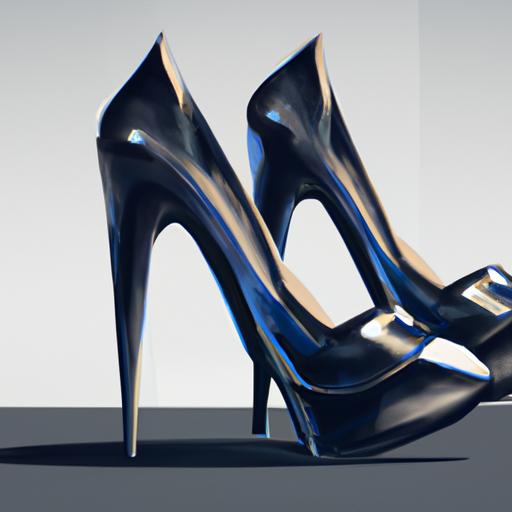
What Is The Difference Between High Heels and Pumps? (The Essential Details) What The Shoes
The biggest pumps vs. heels difference lie in the heel height with pumps featuring lower heights. Table of Contents Defining pumps and heels for a better understanding What are the Pumps? A type of low-heels heightened up to 2-inches with no laces and buckles. It can be worn casually or occasionally.

High Heels Vs Pumps Differences, Style & Choosing Tips Updated Ideas
High heels typically have a higher heel, ranging from three to six inches, while pumps have a lower heel, usually two to four inches. This makes high heels perfect for special occasions, like weddings or formal events, while pumps are more suitable for everyday use.

High Heels vs Pumps Differences and Similarities Threadcurve
Pumps are great for walking around all day long, and they also help you look taller. However, pumps are not comfortable at all, and they do not allow you to move freely. If you wear high heels, you will look taller and slimmer. This is because when you stand up straight, your body appears shorter.

Pumps vs Heels (Difference & Comparison) Difference Between Hub
1. High heels are footwear with about 2-4 inches of heels Pumps have 2 inches or most petite heels 2. High heels are meant for a special occasion pumps can be worn in your typical locality 3. High heels can't be worn while standing for a longer period pumps can be worn for a more extended time while still standing 4.
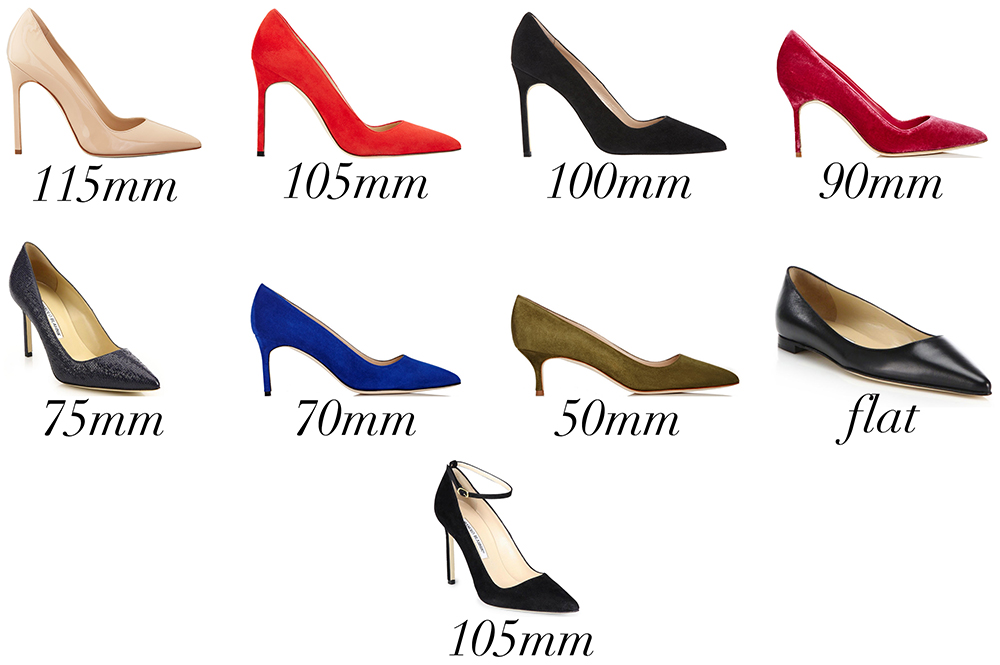
The Ultimate Shoe Guide The Manolo Blahnik BB Pump Blog for Best Designer Bags Review
Diffen › Footwear The difference between pumps and stilettos is in their heel size. Pumps are usually closed-toe or peep-toe with a heel of 1 inch or less. Stilettos on the other hand can be with straps or covered but would definitely have a thin long heel of 1 inch or more. Comparison chart Pumps and Stilettos, from Di Marni
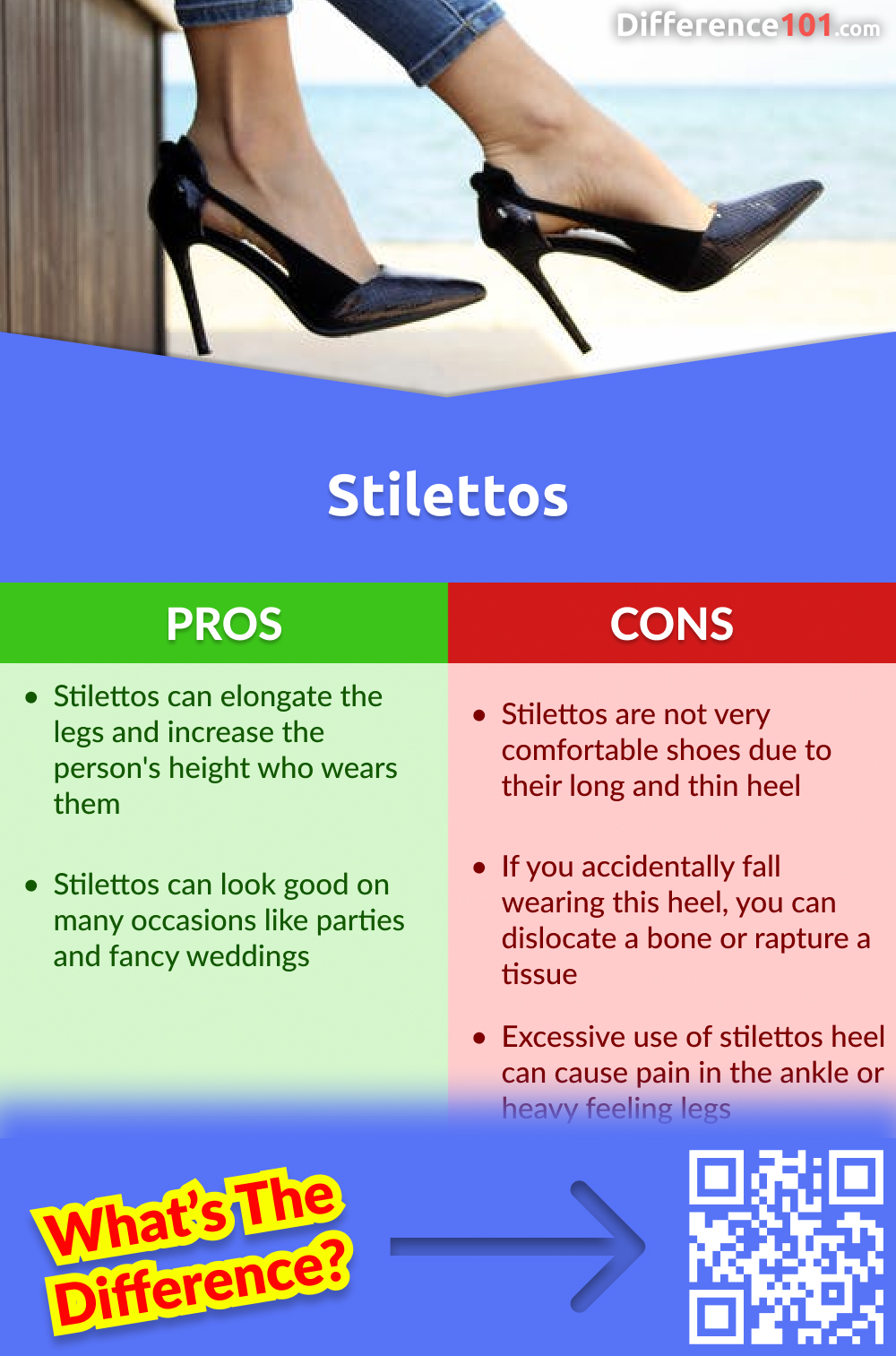
Pumps vs. Stilettos 7 Key Differences, Pros & Cons, FAQs Difference 101
High Heels are shoes that raise the heel above the toes, while Pumps are closed-toe shoes often with a raised heel. Difference Between High Heels and Pumps Table of Contents ADVERTISEMENT Key Differences High Heels are a broad category of footwear characterized by elevating the heel significantly higher than the toes.
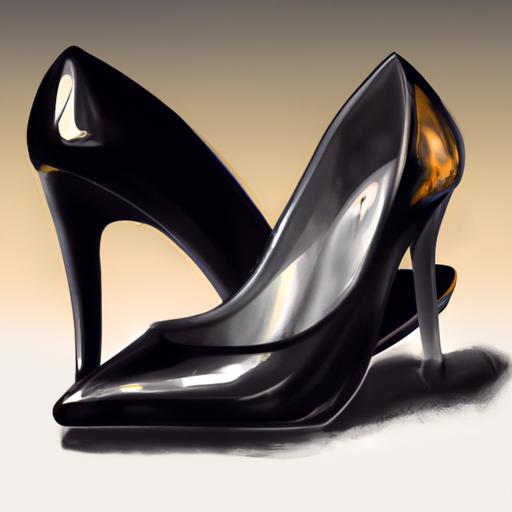
What Is The Difference Between High Heels and Pumps? (The Essential Details) What The Shoes
Pumps and high heels are just two of the shoe and boot styles available for women. A "pump" is defined as a shoe or boot style with flat or low heels. The heel can be non-existent, or it can be as high as one to one and one-half inch heel. The overall heel is wider and chunkier.

Pumps vs Heels (Difference & Comparison) Difference Between Hub
High Heels vs Pumps: Differences and Similarities Footwear Facebook Pinterest Everyone notices high heels. It's a fashion element that was made to stand out and draw attention. It can drastically change the way a person stands and walks and it definitely adds a lot of style to any look. But when is that shoe a high heel and when is it a pump?

Read info on lace up high heels Heels, High heels, Women shoes
The main difference is height. High heels are typically 1-2 inches taller than pumps, which makes them more comfortable to wear for extended periods of time. The width of the heel also varies; high heels tend to be narrower than pumps, which gives them a more elegant look. Finally, the materials used in high heels and pumps vary.
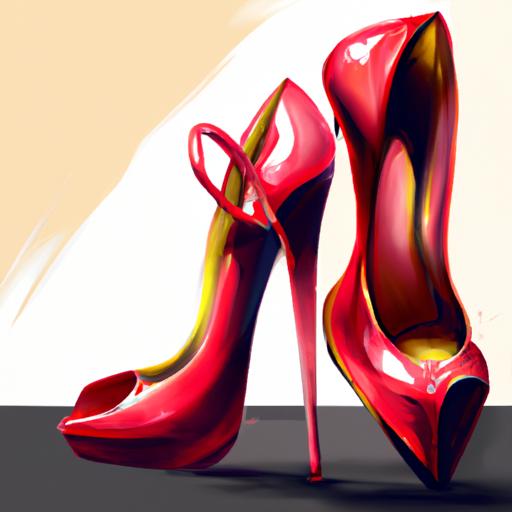
What Is The Difference Between High Heels and Pumps? (The Essential Details) What The Shoes
- The Shoe Fairy Home / News / Oct 07, 2023 Difference Between High Heels and Pumps When it comes to footwear, every step we take is a fashion statement. Two classic contenders stand out among the options: high heels and pumps. Are they synonymous? Are there nuances that set them apart?
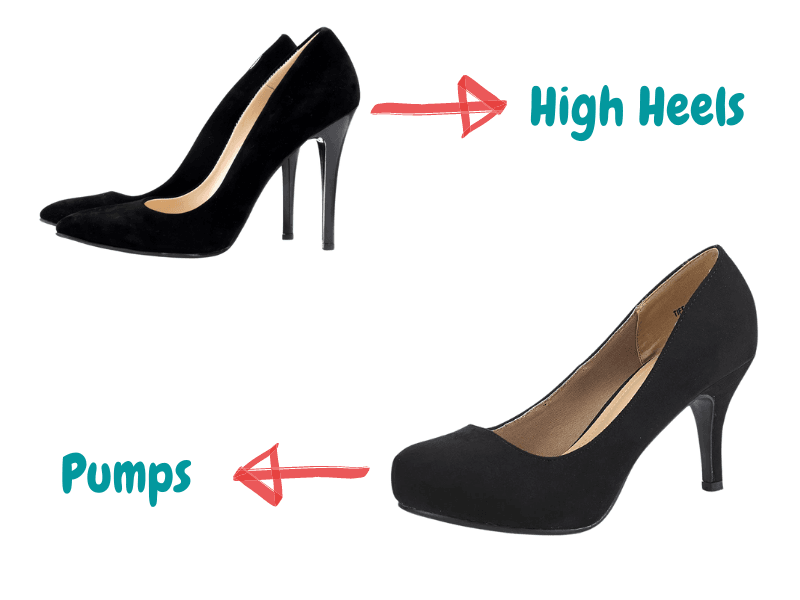
All Things to Know About Pumps Shoes WomenSew
Are High Heels Also Called Pumps? Why Is It Called Pump Shoes? What Are The Benefits Of Wearing Pumps? Can Pumps Work For Every Type Of Wardrobe? Does Wearing Pumps For Too Long Hurt Your Feet? Pumps Or Heels: Which Is The Difference? 1. Understanding Heels and Pumps: Despite popular belief, the terms 'pumps' and 'heels' are not interchangeable.
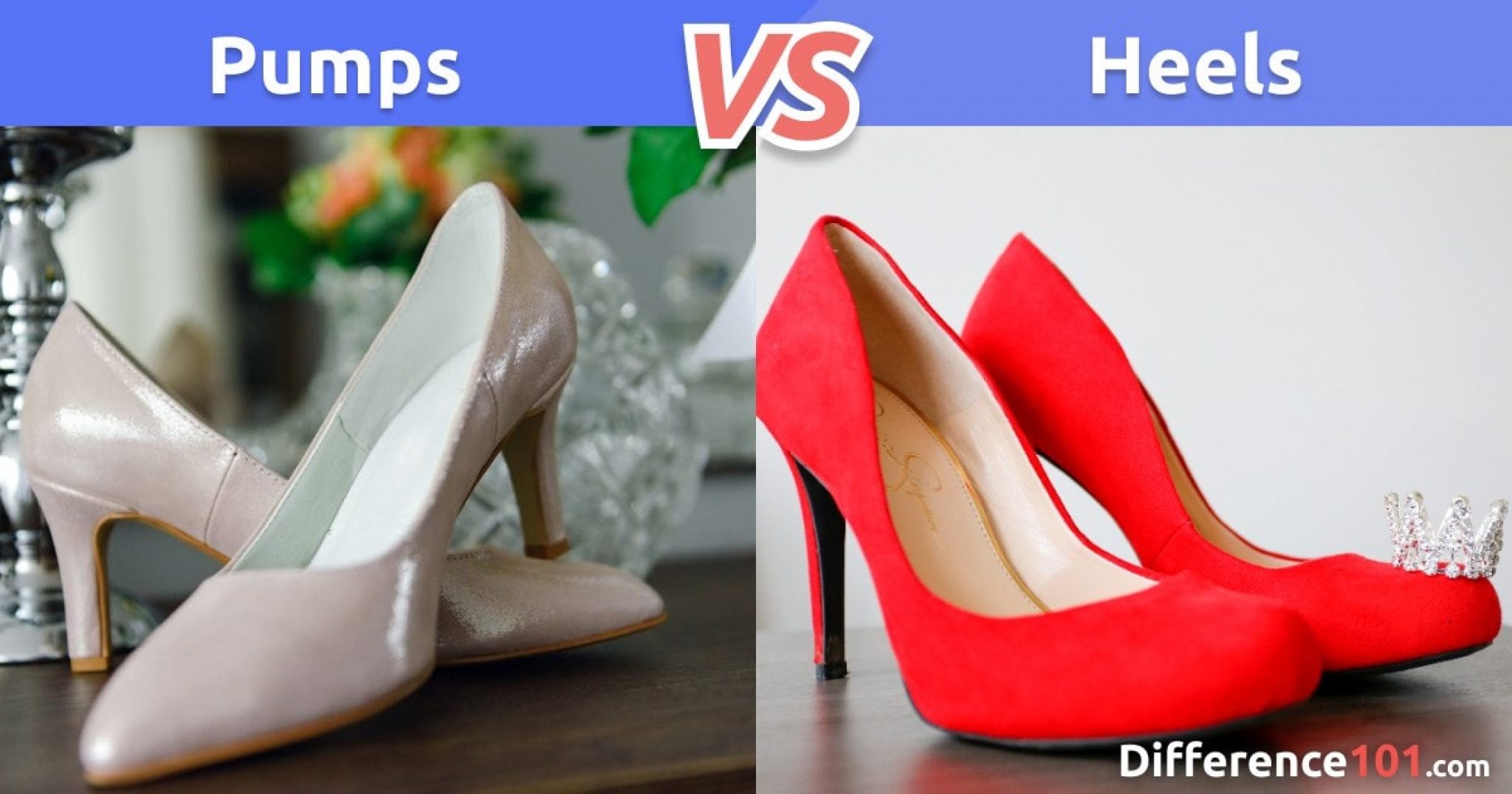
Pumps vs. Heels Differences, Comfort, Pros & Cons Difference 101
Pumps with kitten heels have low heels measuring just about one to two inches. 2. Peep Toe Pumps. As the name suggests, these pumps have open-toe detail. They can have heels of any height and have an open or closed back. Peep-toe pumps have an open-toe design and can come in any heel height. 3.
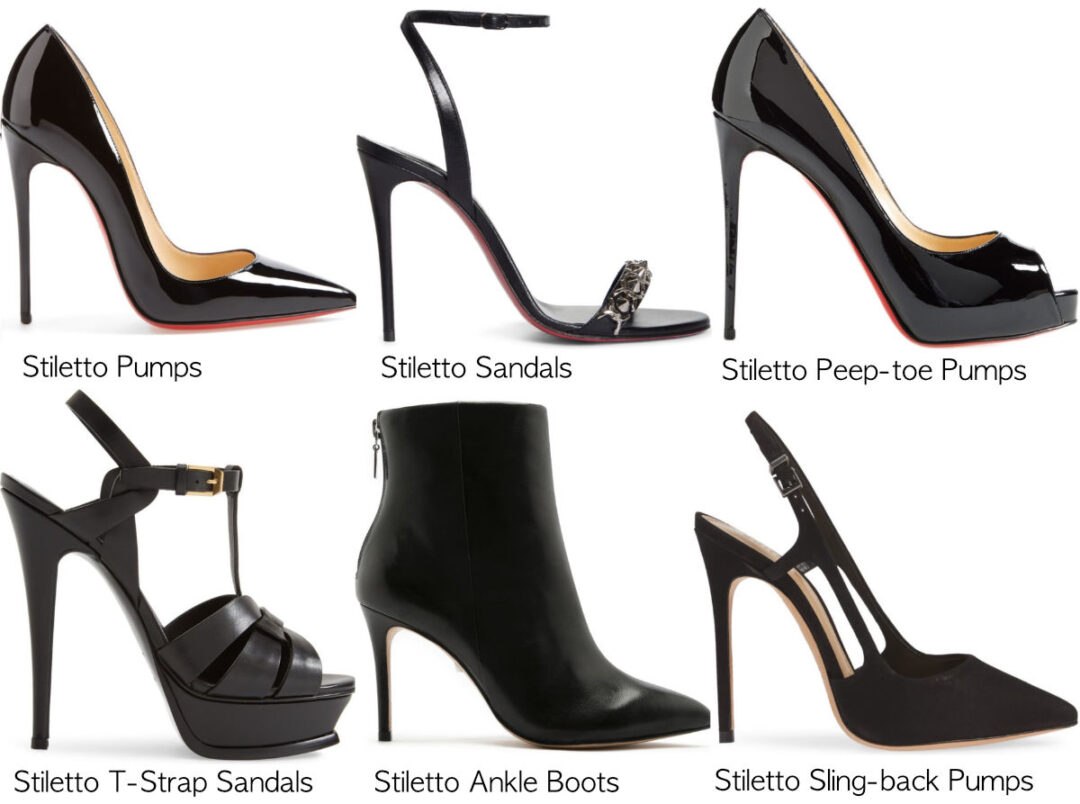
What are stilettos? What's the Difference Between Stilettos vs Pumps?
6 Differences Between Pumps and Heels: 1. Heel Height: Pumps have a low heel, usually 1-2 inches, while heels can range from kitten to stiletto heights. 2. Style: Pumps tend to be understated and classic in design, while heels come in a variety of colors and styles such as strappy sandals, platform wedges and mules. 3.

What is the difference between high heels and pumps?
High heels refer to shoes that elevate the heel, while pumps are specifically low-cut shoes, usually with a heel, offering a seamless, elegant appearance. Key Differences High heels and pumps serve as prominent symbols in fashion and style, albeit with distinct features and purposes.
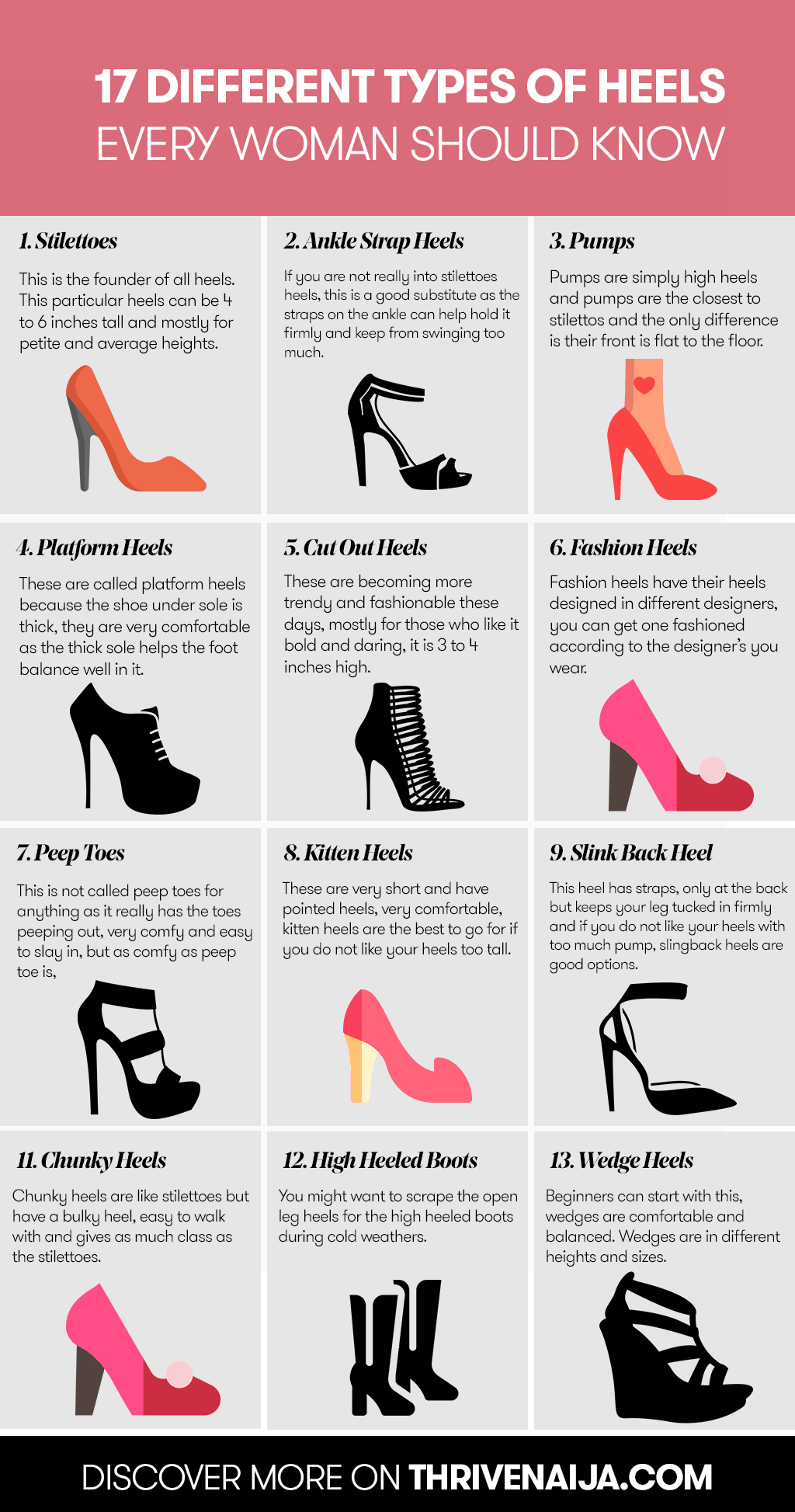
Types Of Heels 17 Different Heel Types Every Woman Should Have
High heels are the type of shoes that have elongated sole at the back which is usually between 1-4 inches while the front is flat length as it is close to the ground. On the contrary, pumps are the types of high heels that are wider; they lack buckles or straps and can be easily removed. Bombs are about 2-3 inches tall.
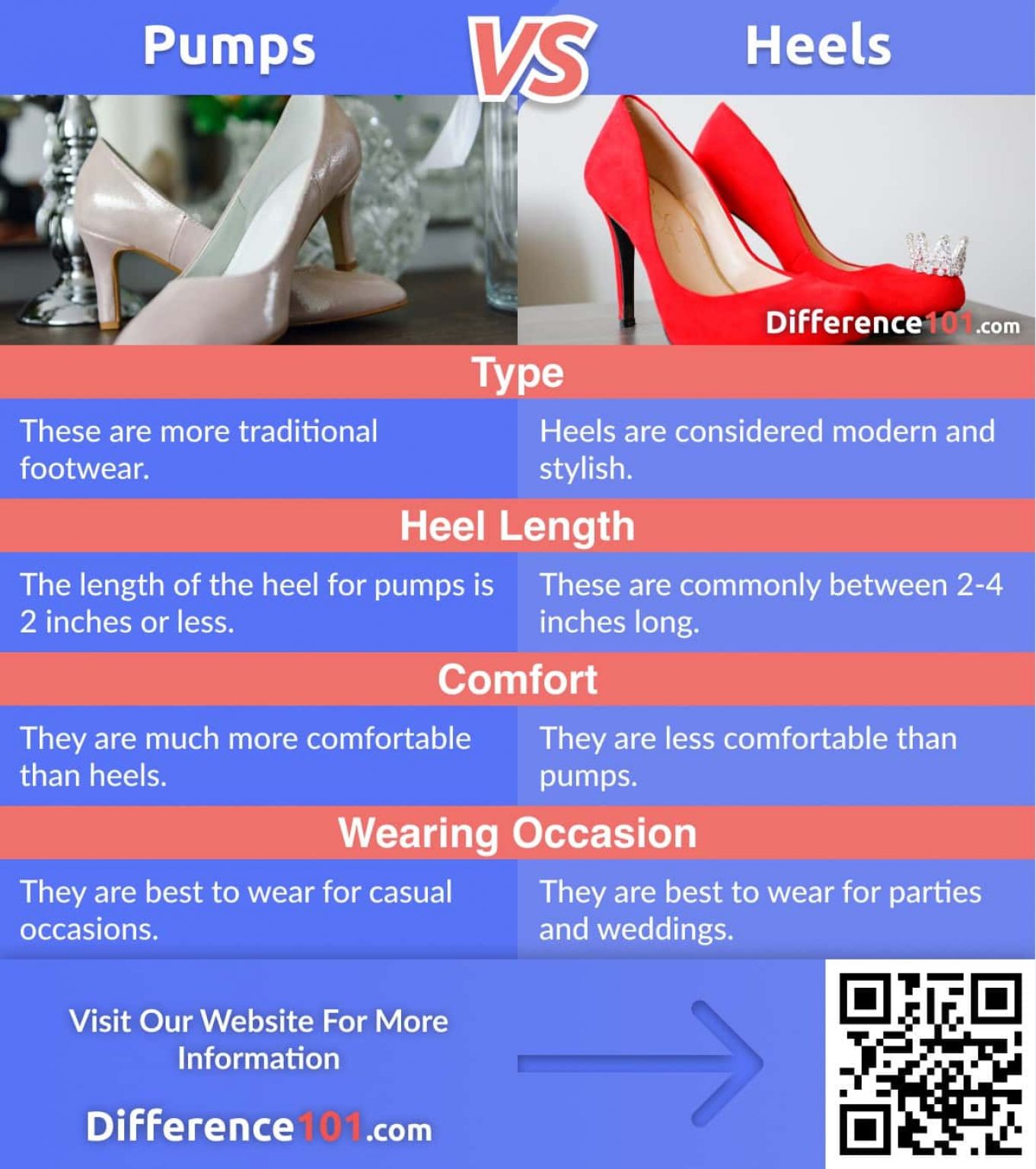
Pumps vs. Heels Differences, Comfort, Pros & Cons Difference 101
The most obvious difference between high heels and pumps is the height of the heel. High heels add height to the wearer and are available in various heel heights, such as stilettos, kitten heels and wedge heels. On the other hand, pumps have either a low heel (commonly known as low heels) or no heel at all (often referred to as flats).